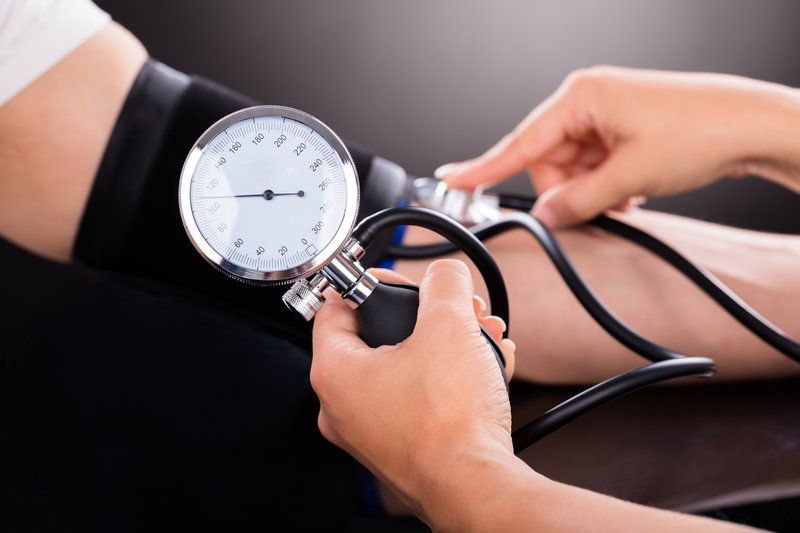Income, poverty and social exclusion indicators, 2021
Fewer people below the at-risk-of-poverty threshold
The at-risk-of-poverty threshold was EUR 771 per month. 11.7% of residents of Slovenia were living below the threshold. 13.2% of people were at risk of poverty or social exclusion.
Fewer people below the at-risk-of-poverty threshold than in the previous year
In 2021, the at-risk-of-poverty rate in Slovenia was 11.7% and it decreased by 0.7 p.p. compared to the previous year. It was only lower in 2006, 2007 and 2009. About 243,000 people in Slovenia were living below the at-risk-of-poverty threshold.

The at-risk-of-poverty threshold for a one-member household was set at EUR 771 per month and was EUR 32 higher than in the previous year. The threshold for a four-member family (two adults and two children younger than 14) was set at EUR 1,619 per month and the threshold for a two-member household without children at EUR 1,156 per month.
Fewer than a quarter of a million people under the threshold
Among the 243,000 persons below the at-risk-of-poverty threshold, 85,000 were retired, 46,000 were persons in employment, 40,000 were underage children, 38,000 were unemployed, and 34,000 were other persons (persons unable to work, homemakers, students, other inactive and unclassified persons).

Social transfers still lower the at-risk-of-poverty rate
In Slovenia, social transfers including pensions still have an important impact on decreasing the at-risk-of-poverty rate. If social transfers - family and social benefits - were not considered as income, the at-risk-of-poverty rate would amount to 21.2%. If also pensions were subtracted from income, the at-risk-of-poverty rate would increase to as much as 40.3%.
Income inequality lower
The Gini coefficient decreased by 0.5 p.p. over the previous year and the quintile share ratio by 0.1 p.p. Therefore, we can infer that income was slightly more equally distributed among households.
Fewer people at risk of poverty or social exclusion than in the previous year
The at-risk-of-poverty or social exclusion rate was 13.2%. Compared to the previous year, it decreased by 1.1 p.p. About 275,000 people in Slovenia were at risk of poverty or social exclusion.
Fewer persons than a year before were at-risk-of-poverty or social exclusion due to the decrease in all three social exclusion indicators: the at-risk-of-poverty rate (by 0.7 p.p.), the severe material and social deprivation rate (by 0.8 p.p.) and the very low work intensity rate (by 0.3 p.p.).
The share of persons exposed to all three forms of social exclusion remained the same. There were 0.3% of these most vulnerable people.

Table with the latest data is available in the SiStat Database.
In 2021, the at-risk-of-poverty rate in Slovenia was 11.7% and it decreased by 0.7 p.p. compared to the previous year. It was only lower in 2006, 2007 and 2009. About 243,000 people in Slovenia were living below the at-risk-of-poverty threshold.
The at-risk-of-poverty threshold for a one-member household was set at EUR 771 per month and was EUR 32 higher than in the previous year. The threshold for a four-member family (two adults and two children younger than 14) was set at EUR 1,619 per month and the threshold for a two-member household without children at EUR 1,156 per month.
Fewer than a quarter of a million people under the threshold
Among the 243,000 persons below the at-risk-of-poverty threshold, 85,000 were retired, 46,000 were persons in employment, 40,000 were underage children, 38,000 were unemployed, and 34,000 were other persons (persons unable to work, homemakers, students, other inactive and unclassified persons).
Social transfers still lower the at-risk-of-poverty rate
In Slovenia, social transfers including pensions still have an important impact on decreasing the at-risk-of-poverty rate. If social transfers - family and social benefits - were not considered as income, the at-risk-of-poverty rate would amount to 21.2%. If also pensions were subtracted from income, the at-risk-of-poverty rate would increase to as much as 40.3%.
Income inequality lower
The Gini coefficient decreased by 0.5 p.p. over the previous year and the quintile share ratio by 0.1 p.p. Therefore, we can infer that income was slightly more equally distributed among households.
Fewer people at risk of poverty or social exclusion than in the previous year
The at-risk-of-poverty or social exclusion rate was 13.2%. Compared to the previous year, it decreased by 1.1 p.p. About 275,000 people in Slovenia were at risk of poverty or social exclusion.
Fewer persons than a year before were at-risk-of-poverty or social exclusion due to the decrease in all three social exclusion indicators: the at-risk-of-poverty rate (by 0.7 p.p.), the severe material and social deprivation rate (by 0.8 p.p.) and the very low work intensity rate (by 0.3 p.p.).
The share of persons exposed to all three forms of social exclusion remained the same. There were 0.3% of these most vulnerable people.
Table with the latest data is available in the SiStat Database.
Basic income, poverty and social exclusion indicators, Slovenia
|
People with lowest at-risk-of-poverty rate, Slovenia
| ||||||||||||||
People with highest at-risk-of-poverty rate, Slovenia
| |||||||||||||||||||||||||||||||||||||||||
METHODOLOGICAL NOTE
The calculation of at-risk-of-poverty threshold, at-risk-of-poverty rate and other income indicators is based on the income earned in 2020.
The source for data on living conditions is the Statistics on Income and Living Conditions (SILC), which was implemented with the survey in 2021 (survey year) and the use of administrative and registers data mostly for 2020 (income reference year).Due to the COVID-19 epidemic, for the first time, data were collected only with telephone interviewing, because personal interviewing was not possible. Mainly due to unavailability of telephone numbers, the response rate was much lower than in previous years. Furthermore, the data collection period was much longer – from February to the end of September. By 2020, data were collected by telephone interviewing and also by personal interviewing in the first half of the year. For 2020, data were collected in two periods (15 January–15 March and 15 May–15 September). Therefore, the data for 2021 are not completely comparable with the data from previous years nor with 2020 data, since the survey had to be stopped.
When making use of the data and information of the Statistical Office of the Republic of Slovenia, always add: "Source: SURS". More: Copyright.



.jpg)
